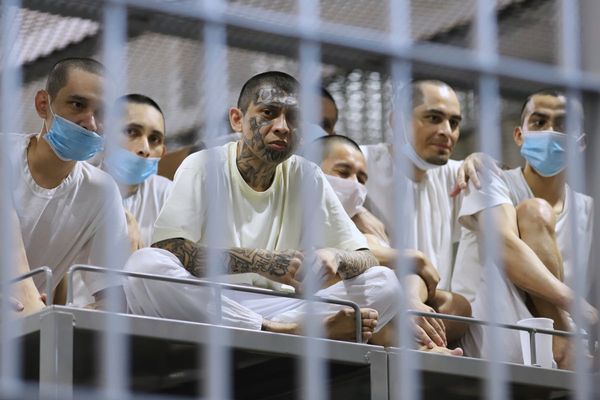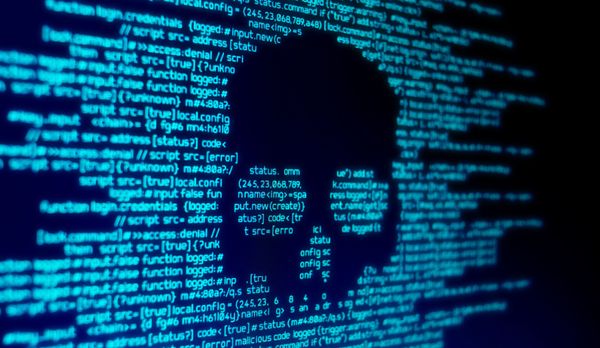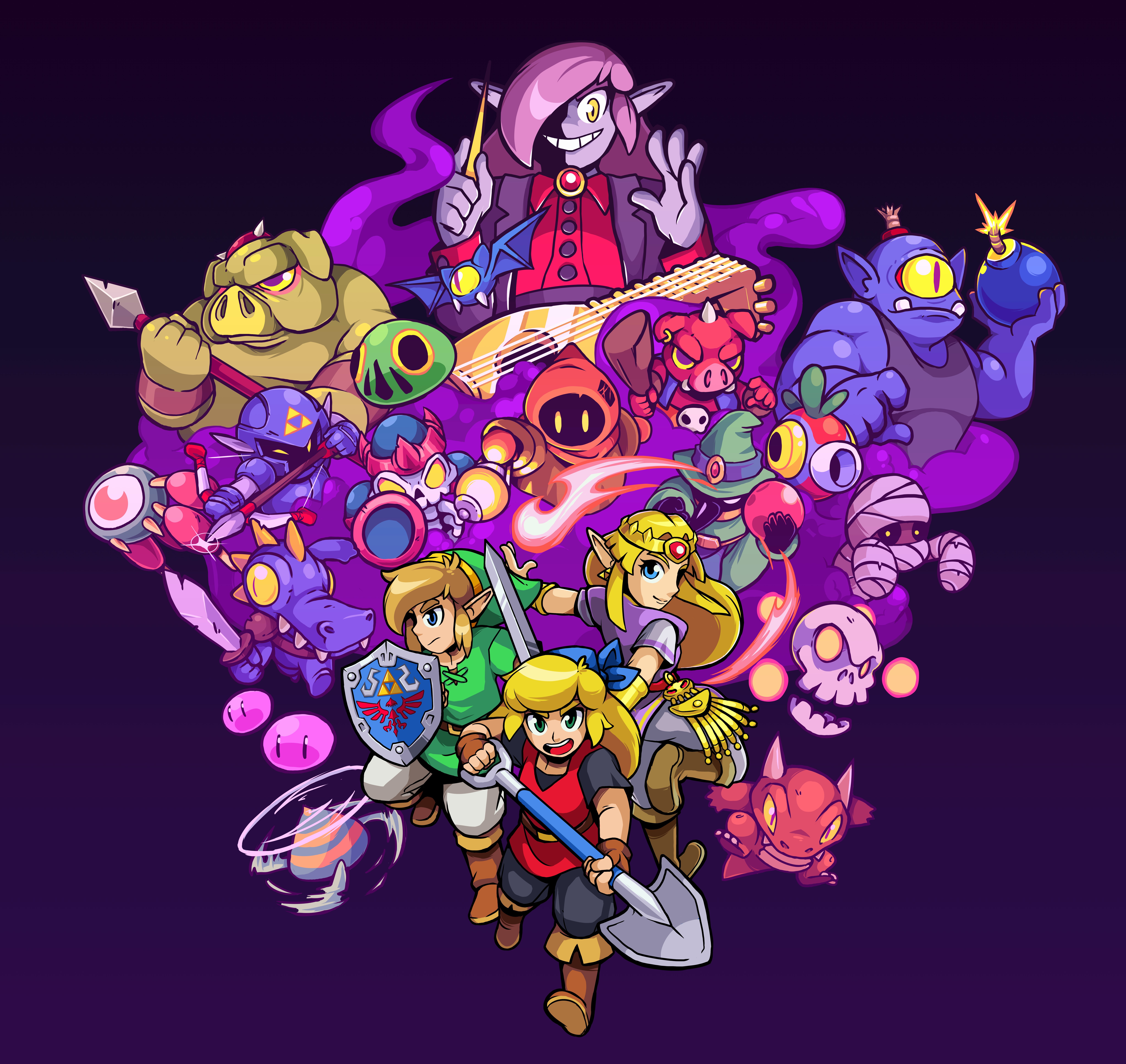
Unless you’re playing Space Channel 5, dancing usually isn’t the best way to stop the world from ending. The other exception comes in Crypt of the NecroDancer: Cadence of Hyrule, a rare Legend of Zelda spinoff not made by Nintendo that presents a very different adventure for Zelda and Link. Released on June 13, 2019, Cadence of Hyrule proves great things can happen when a publisher lets someone else take a swing at a beloved series. Five years later, there’s still nothing quite like it.
Cadence of Hyrule is actually a spinoff of both The Legend of Zelda and the 2015 indie rhythm game Crypt of the NecroDancer. In that game, players descend into a dungeon full of monsters, all dancing to the beat of the soundtrack. Each enemy has its own pattern, some simply running in circles and others following more complex routines of moving and pausing. Players also need to move to the beat, advancing one square at a time on a grid. Colliding with an enemy when they’re not moving toward you damages them, but getting hit by being in their path means taking damage yourself.
Crypt of the NecroDancer has gotten multiple updates and DLC adding new mechanics and characters — including Hatsune Miku! — but Cadence of Hyrule is different. It’s a totally different game, replacing the original’s dungeons with the land of Hyrule and its enemies with familiar foes from The Legend of Zelda. Along with original protagonist Cadence, players can take control of Link or Zelda, each with their own abilities.
Especially if you haven’t played Crypt of the NecroDancer, the first thing you’re likely to notice about Cadence of Hyrule is that it’s hard. Keeping track of enemies’ patterns, remembering to move only on the beat, and maneuvering your way in to attack only at the exact right time is a tricky balancing act. Your first few hours are likely to be full of frustrating failures, but when everything finally starts to click, Cadence of Hyrule is magical.
Once you finally internalize the rules of the game, playing Cadence of Hyrule feels like a paradoxical mix of meditation and deep focus. The rest of the world fades away, leaving your attention entirely on music and movement. Even then, keeping track of everything moving and grooving on screen is also mentally taxing. As I played Cadence of Hyrule, time would fly past in the blink of an eye, leaving me satisfied but surprisingly exhausted when I finally returned to reality.
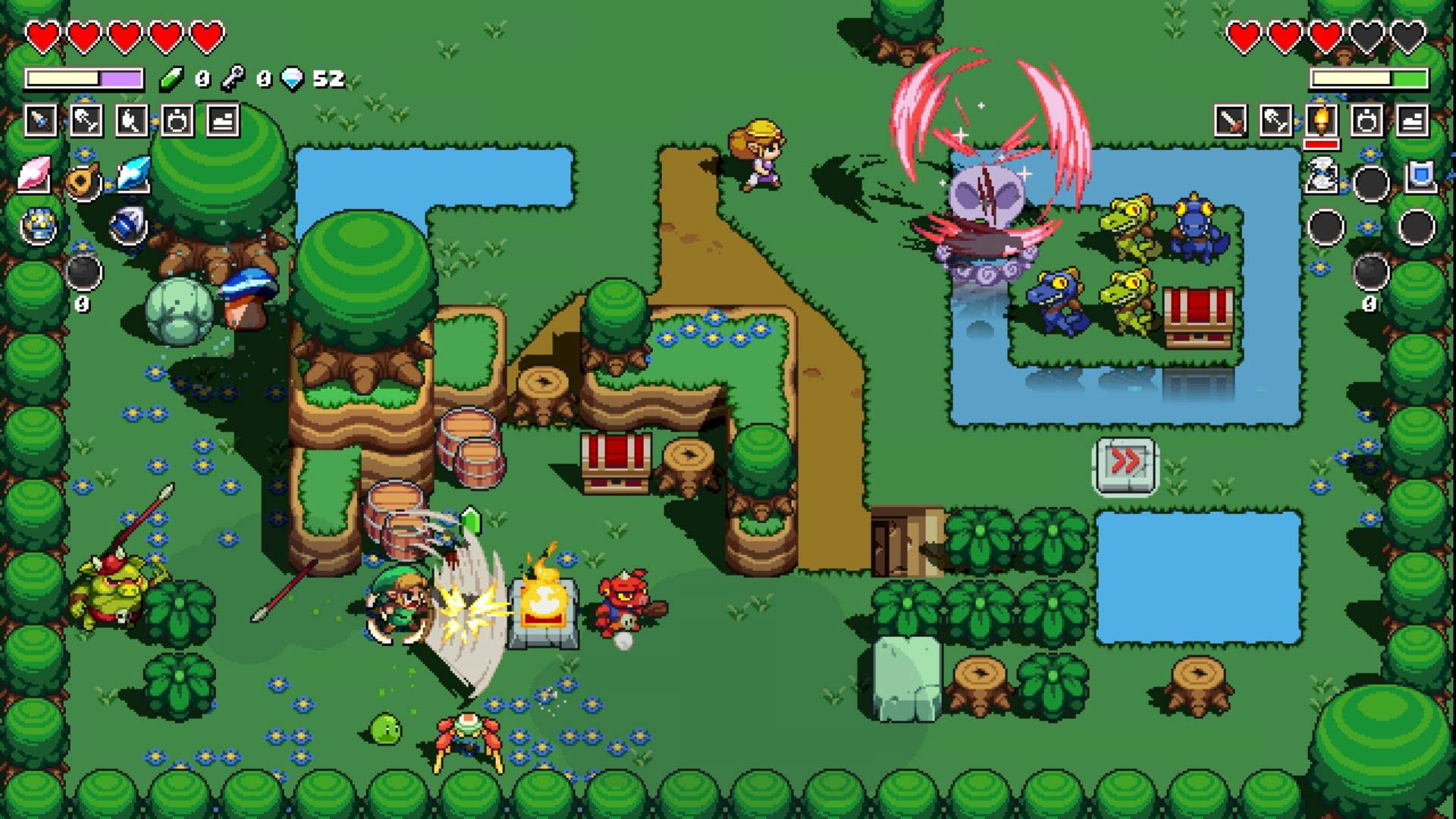
While playing can take a lot of mental energy, there’s plenty about the game that’s worth the effort. Rather than NecroDancer’s claustrophobic dungeons, Cadence of Hyrule takes place across a variety of landscapes, from sprawling fields to rocky mountains. Each area has its own background music, composed of remixed classic tracks from across The Legend of Zelda franchise . The game’s enemies also feel like remixes, taking creatures from other Zelda games and mashing them up with musical instruments. Despite its difficulty, there’s a spirit of playfulness permeating Cadence of Hyrule that’s visible in the clever ways it incorporates musical motifs into its visual design and the energetic dances performed by its playable characters and enemies alike.
Cadence of Hyrule is a surprising project to begin with. Nintendo is notoriously protective of its intellectual property, waging legal battles on pirates and fan-game creators alike, so seeing the company take its hand off the wheel of one of its most beloved series is a rare and unexpected treat. While Nintendo does allow some experimentation with its beloved characters and franchises, Cadence of Hyrule still stands out for being developed by a studio fully outside of Nintendo and taking The Legend of Zelda into a completely different genre.
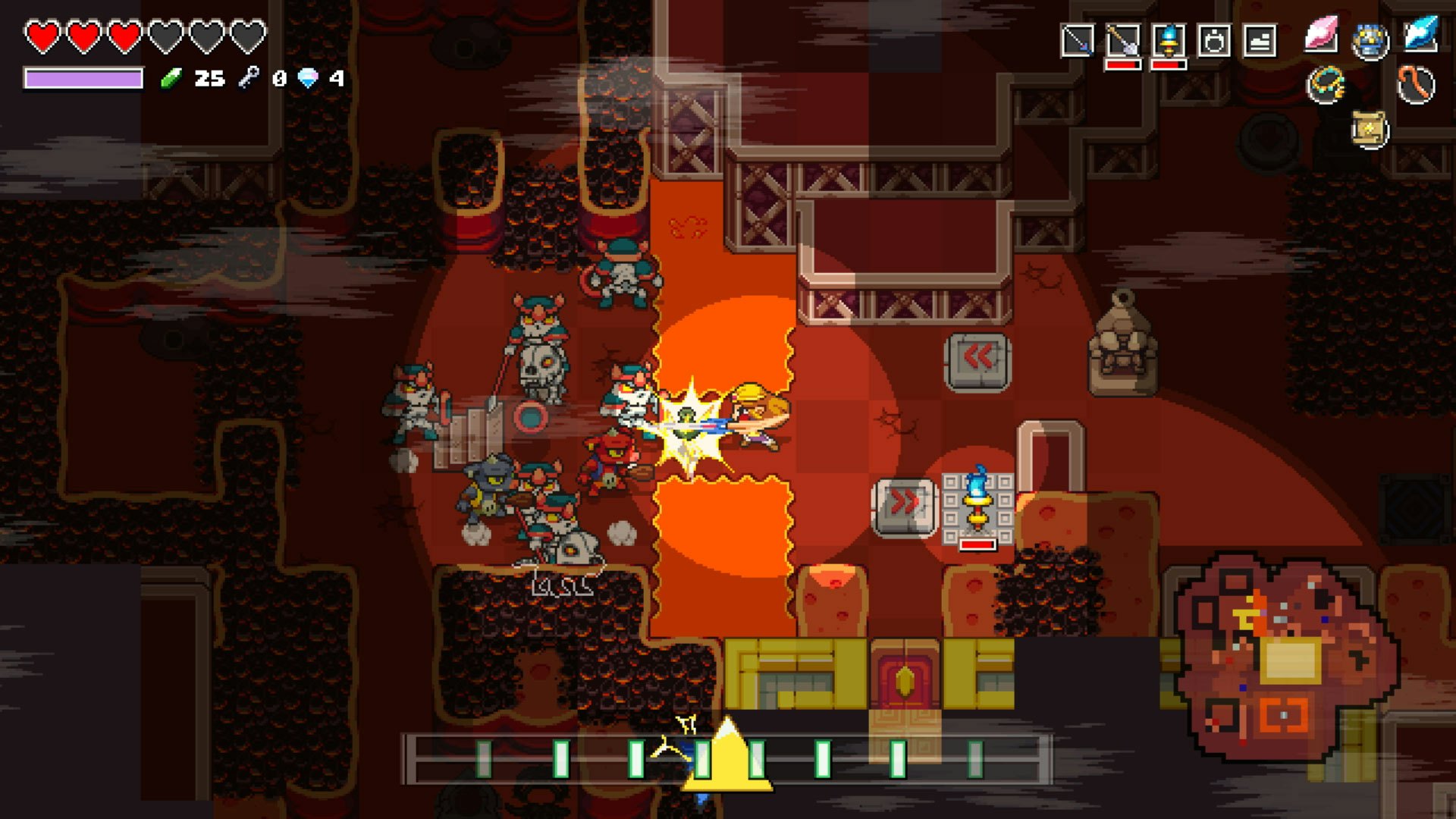
Given the critical and commercial success of Cadence of Hyrule, it’s kind of surprising that similar projects haven’t become more common. Handing off a popular franchise to an indie developer could be a great way for large publishers to revitalize their successful series while giving smaller teams a chance to shine. We’ve seen a bit of that energy recently with The Rogue Prince of Persia, which turns the Ubisoft action series into a roguelike platformer from the developer of Dead Cells, but Cadence of Hyrule still sets itself apart in terms of sheer creativity.
But the fact that Cadence of Hyrule is one-of-a-kind is also part of its appeal. When it comes to big publishers, keeping tight control of franchises and chasing proven formulas can be more important than taking risks and actually having fun. Cadence of Hyrule remains a rare example of what happens when the indie and AAA sides of gaming come together to cut loose and find a new rhythm.
